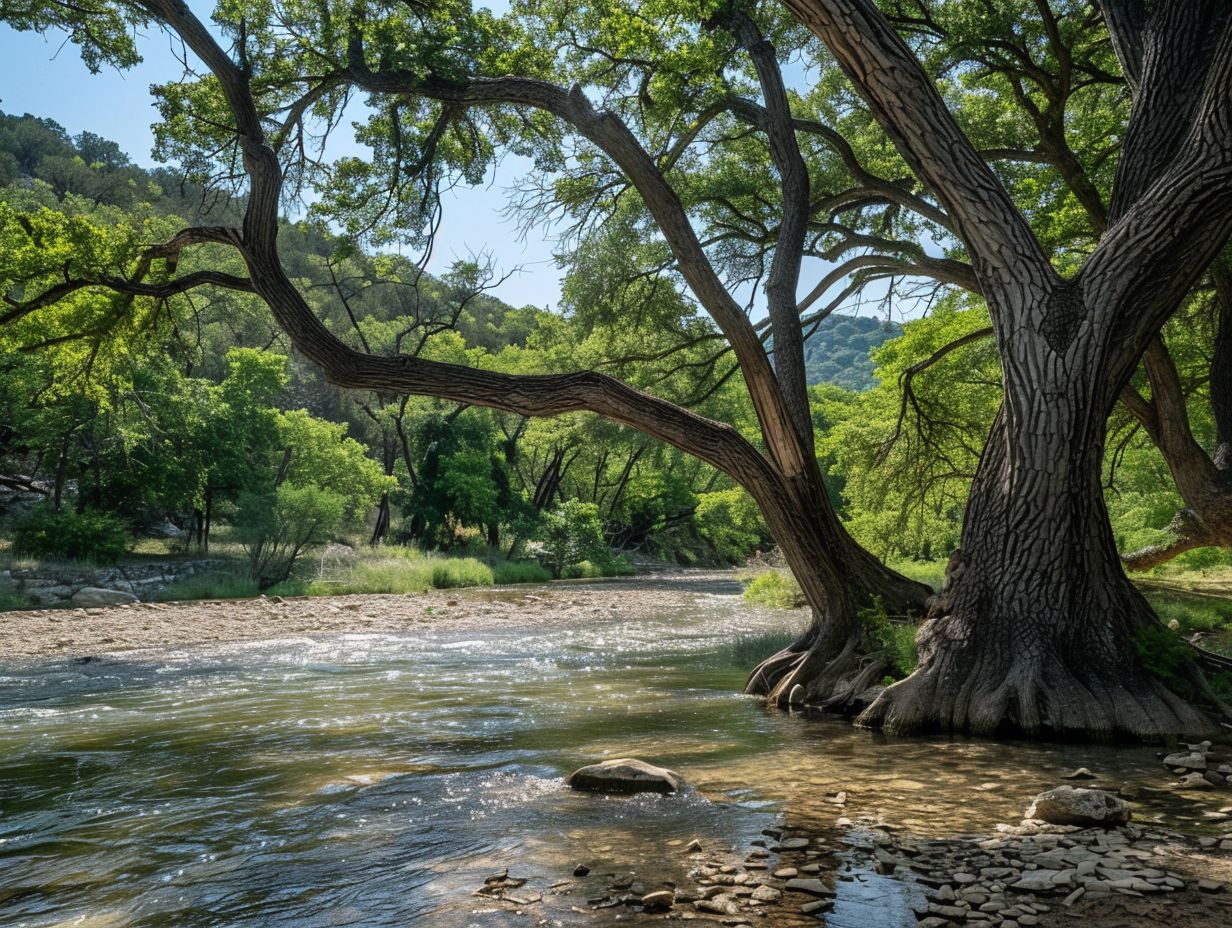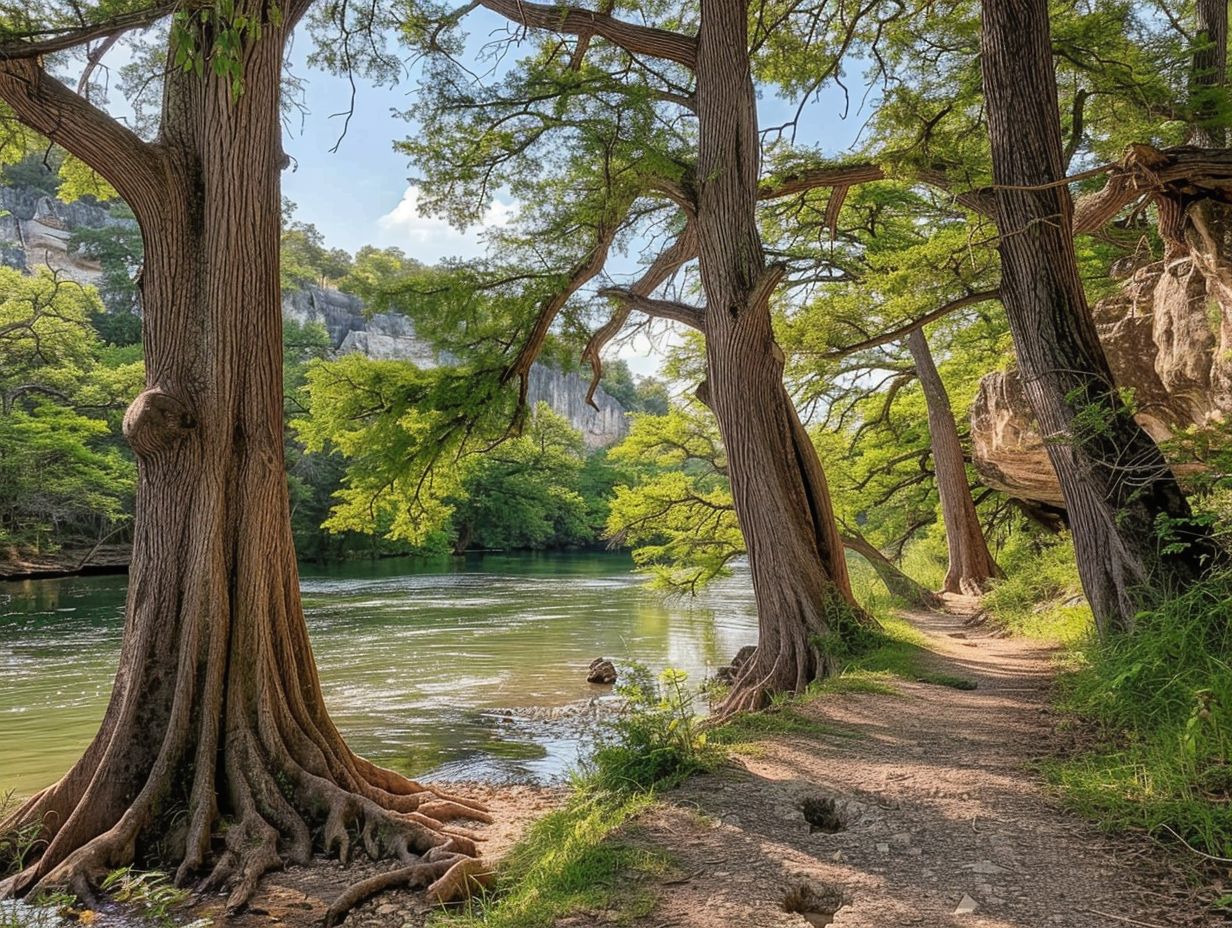Dinosaur Valley State Park, located in Glen Rose, Texas, is a 1,524.72-acre (617 ha) park that offers a unique blend of natural and historical attractions. While the park is renowned for its well-preserved dinosaur tracks, it also boasts a diverse range of plant life that is worth exploring for any state park touring enthusiast.
The Intersection of Ecoregions
Dinosaur Valley State Park is situated at the intersection of several ecoregions, including the Cross Timbers and Prairie areas, as well as the Edwards Plateau. This unique location results in a rich and varied plant community, with different species found in the river basin and the upland areas of the park.
River Basin Plants

In the river basin, visitors can find a variety of tree species, including American elm, cedar elm, Texas sugarberry, bur oak, and green ash. Additionally, pecan, walnut, cottonwood, sycamore, and black willow can be found in well-watered zones. The river basin is also home to a variety of shrubs and vines.
Upland Plants
The upland areas of the park are dominated by Ashe juniper, live oak, Texas red oak, Texas ash, post oak, and mesquite. These trees are accompanied by a diverse range of grasses and shrubs, creating a unique and visually stunning landscape.
Identifying Unknown Plants
For visitors who are interested in identifying unknown plants, the park’s website provides several resources, including the Wildflower Center Native Plant Database and Wildscapes: Plant Guidance by Ecoregion. These tools can help visitors learn more about the diverse plant life found within the park.
Wildlife Diversity
In addition to the rich plant life, Dinosaur Valley State Park is also home to a diverse range of animal life, including mammals, reptiles, amphibians, fish, and birds. Birders can spot many species of both resident and migrant birds, including the endangered golden-cheeked warbler and the black-capped vireo.
Exploring the Park’s Trails
Visitors to Dinosaur Valley State Park can explore the plant and animal life found in the area by hiking the park’s various trails. The Cedar Brake Outer Loop Trail, the Blue Hole Trail, and the River Trail all offer opportunities to see the diverse plant life up close.
Practical Information
Dinosaur Valley State Park is open daily from 8:00 am to 5:00 pm, and the entrance fee is $7 for adults and free for children aged 12 and under. Group rates are available for groups of 15 or more. The park also offers camping facilities, including tent campsites, screened shelters, and RV sites.
In conclusion, Dinosaur Valley State Park is not only a fascinating place to explore dinosaur tracks and learn about the history of the area, but also a great destination for nature lovers who want to see a diverse range of plant and animal life. With its unique location at the intersection of several ecoregions, the park offers a rich and varied natural experience that is sure to delight any state park touring enthusiast.

